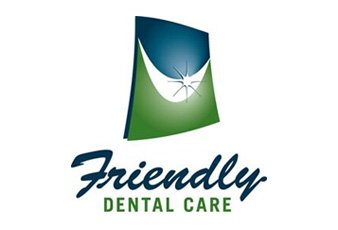The dentist generally uses dental sealants for children between the ages of 6 and 14, when teeth are growing in and young patients are still developing good oral hygiene habits. Since molars are toward the back of the mouth, and more grooved on the biting surface than the front teeth, they tend to develop cavities at a greater rate. If the patient had a number of cavities in the baby teeth, the dentist will recommend sealing the new molars to help prevent the same from happening in the permanent teeth.
Sealants are clear or tooth-colored, so they are difficult to see once placed.
To prepare the teeth for sealing, the surface is gently etched with a specially designed etching gel. This is similar to the gel used to prepare a tooth to hold a filling. The etching gel is placed on the intended surface and left for a few seconds, then rinsed. The natural surface of the tooth is very smooth, so without the etching gel the filling or sealant won’t be able to stick. The sealant is painted or guided over the intended surface, ensuring the sealant material is worked into the grooves of the tooth for a good, secure hold. It is then set with a UV light to form a hard, protective layer.
Sealants are clear or tooth-colored, so they are difficult to see once placed. Regular brushing and flossing can continue without a problem after the teeth have been sealed. The sealants are very durable but can be damaged in some circumstances. For example, bad habits such as chewing on pens or pencils, biting ice cubes, or chewing on extremely hard foods can damage the sealant, which will usually be detected at the next checkup.
To learn more about protecting and preserving natural teeth so they last a lifetime, contact Friendly Dental Care at 740-687-6105 today!
